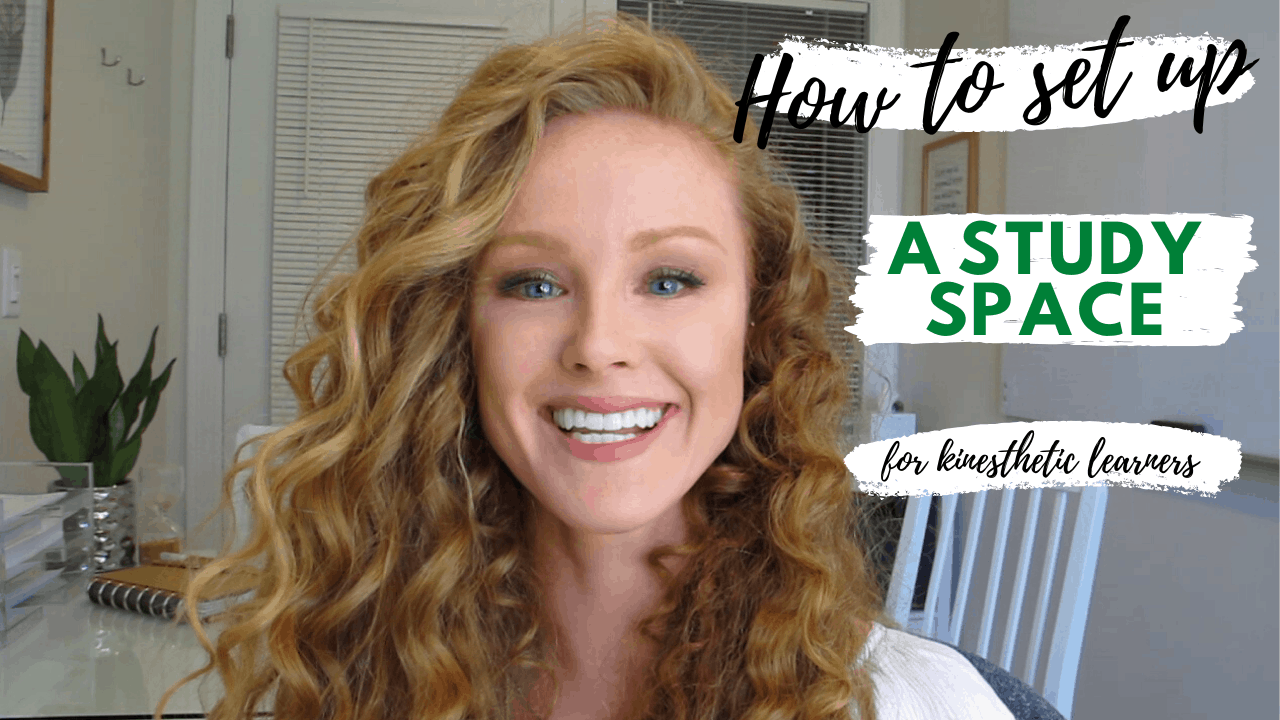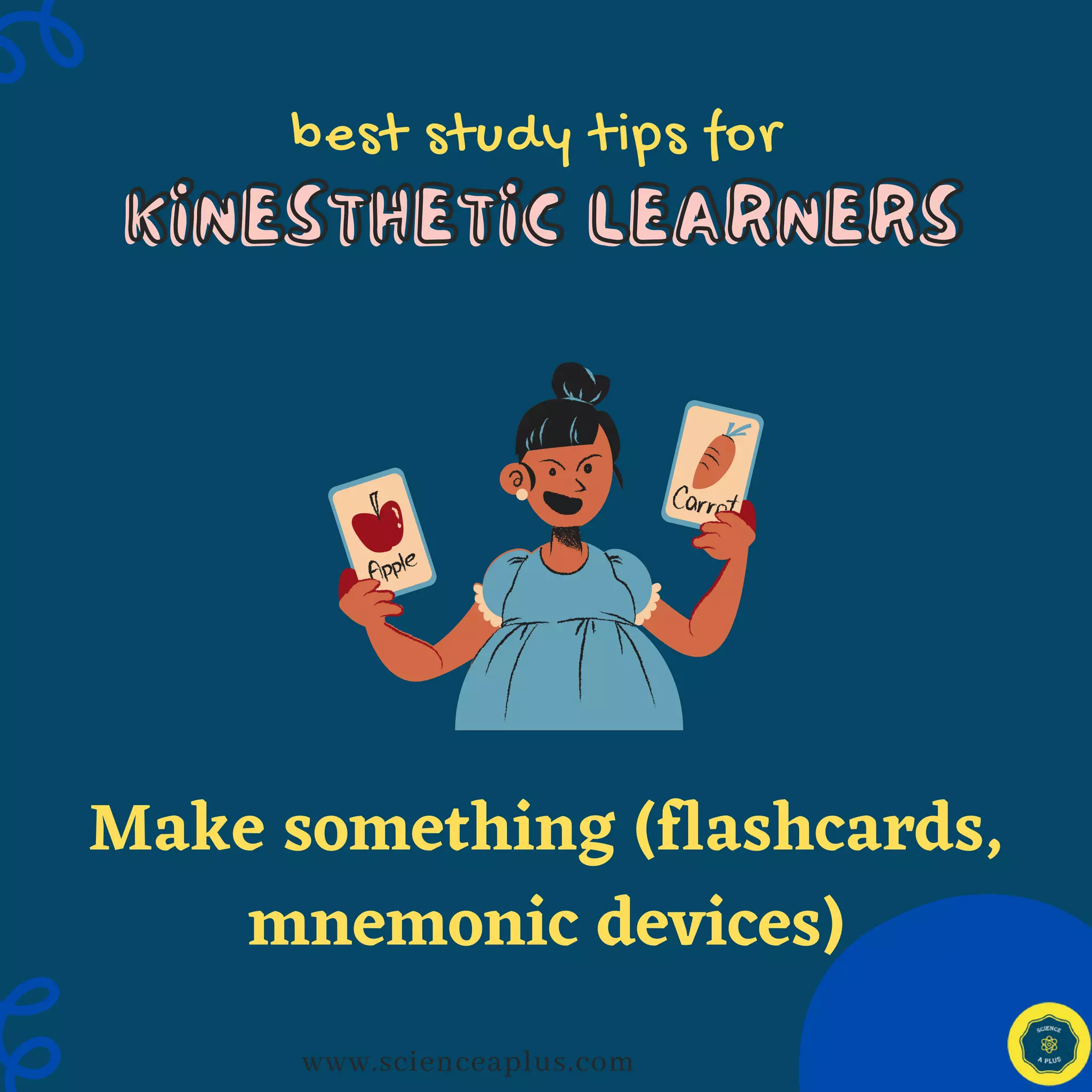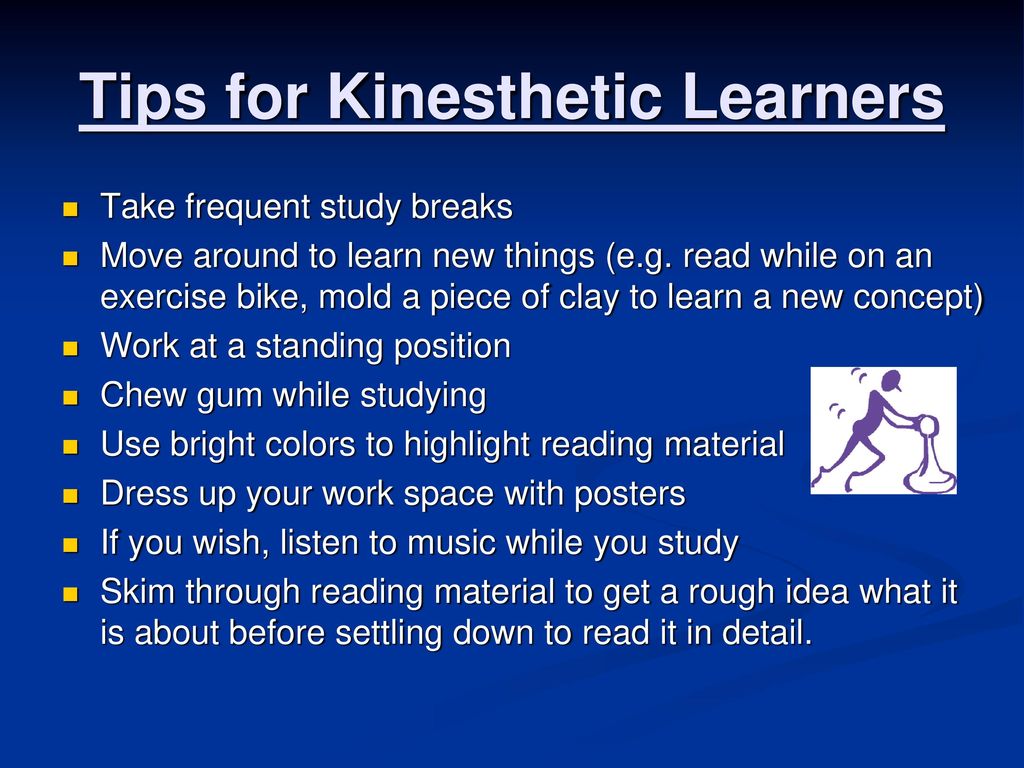Tips For Kinesthetic Learners - Kinesthetic learners are many specialists. They love to move and have a hard time staying still. Kinesthetic learners love building things and using their hands. They love acting, dancing and sports. They also use it to learn the senses of taste and smell.
To add a kinesthetic learning style to your scripture study, you can listen to scriptures or a conference talk while you walk or exercise. You can also act out the stories or build a model of what you are reading about (such as the forts that Captain Moroni built to protect the cities, the Jaredite barges, the temple, etc.) with blocks, mason jars, or clay. Kinesthetic learners can chew gum while reading or hold a pencil while reading. Kinesthetic students can search the Internet for object lessons to teach the doctrines or principles they are studying and teach the object lesson to their family or class.
Tips For Kinesthetic Learners

7 Scripture Marking Tools I have a large collection of scripture marking tools. I have colored pencils, markers, pens, markers and rulers
Learning Styles: Why \
Our Personal Relationship with Jesus Christ What a wonderful opportunity we have every day to seek, find, and build a personal relationship with Jesus Christ
It's the end of 2022 and it's time to reflect on the past year. Before you sit down and start writing down your desired goals
This year, in the Come Follow Me section, I will share which learning styles are included in each study proposal for each weekly lesson. input
Thanks for joining my email list! I promise to pamper you and keep your email address private
Learning Style Handout
This site uses cookies, small text files that allow you to personalize your experience on our site. More information here. By accessing this site, you agree to the use of cookies. Learning tips for kinesthetic learners are a little different than for other learning styles. But first, a little about learning style:
Educators and scientists have identified four general learning styles: kinesthetic, visual, auditory, and literacy. You can fit into one category, two categories, or even all four. In fact, the more fun you have, the more successful you'll be in a variety of academic areas. Not sure which one you are? Take this test.
A kinesthetic learner is someone who understands, learns, and remembers new information better when the learning process involves physical movements or tactile experiences. Tips for kinesthetic learners often involve movement, hands-on activities, and interaction with others.

Unfortunately, kinesthetic learners struggle after leaving elementary school. Elementary classrooms often involve hands-on learning, experimentation, and hands-on activities. But as we progress through high school and college, learning environments become more lecture-based and less hands-on.
Study Tips/learning Styles Crossword
The truth is, we can't change the way the teacher gives us the material, can we? So we have to change the way we present it when we study it. I know how strange this sounds. stay with me
If most of your learning environments are auditory or visual, you may have a harder time processing information than your peers. At this point, you should think about how you are going to study this material on your own.
Many people with ADHD are kinesthetic learners. Here are 11 study tips that work well for students with ADHD.
Not all research methods work for all people. Of course, there are fundamental research methods such as active recall and spaced repetition. You should know these things.
The 4 Learning Modalities In Education (2023)
You can make and use flashcards (actually write them down; don't use an online tool like Quizlet) to connect your hands while reading. You can also draw information on a board, create a physical timeline by tiles, sort them, and more. Instead of holding the book while reading, connect your hands! When you hold your hand, you activate muscle memory. Your muscle memory is much stronger than your short-term brain memory. As a result, you can better remember what you read.
This is a great study tip for kinesthetic learners. You can click while listening to an audiobook. If you need to read a textbook online, download a text reader app. Place your iPad on the treadmill, walk slowly, and watch a video related to what you're reading. (Don't have a video as part of your assignment? Find one.) Walk around the house talking aloud to yourself or someone else as you explore.
Not everyone benefits from group study sessions, but kinesthetic learners retain more information when they study with others. The reason this is a great study tip for kinesthetic learners is that group study sessions naturally involve more movement, interaction, and activity than individual study sessions. And, of course, it's the movement and activity that kinesthetic learners crave. Here are some tips for properly planning a group study session.

If you're a kinesthetic person, you don't like sitting at a desk for long periods of time, so find another room to study from time to time. (Follow these tips for creating a kinesthetic learning space when you have to sit at a desk.) Go to the library and find a booth or corner. Visit a bookstore, an outdoor picnic table, a library in town. If you're in high school and there's a local college nearby, you can usually find a way to hang out at that library. Mixing up your environment makes all the difference in motivation because it adds an element of novelty.
Learning Styles Archives
No one needs all-nighters or epic study sessions, but especially kinesthetic learners should keep study sessions to about 45 minutes or less. It's fine to take a break and start over, but for more than 45 minutes you'll be foggy and bored.
Of all the research tips for kinesthetic learners, this is one of the most helpful. As part of your studies, you will, of course, review class notes. However, remember that revision is not research. So, as you read the notes, create a summary of each page or material. You can skip the summary.
Kinesthetic learners need to follow the content as much as possible while reading. So, whatever the topic, look for examples online, find additional problems online, or ask your teacher. Do the questions in your textbook even if they don't ask you. Find any version of the content you've learned
This is, frankly, study advice for every type of student. But if you can't explain it clearly to someone else, it's true that you don't understand it yourself. A research tip here is to spend some time going over your material, just the part you can manage, and then try to explain it clearly to someone else. Don't you have someone else? At least speak out loud for yourself. This strategy won't work if you're fair
Study Tips For Kinesthetic Learners
Whether you know you're a kinesthetic learner or don't know what your learning style is, try these 8 study tips for kinesthetic learners. Sometimes it's enough to mix up your study schedule to get more interested in what you're learning.
Kinesthetic activities for english learners, homeschool curriculum for kinesthetic learners, strategies for kinesthetic learners, study techniques for kinesthetic learners, curriculum for kinesthetic learners, teaching strategies for kinesthetic learners, learning strategies for kinesthetic learners, learning tips for kinesthetic learners, best curriculum for kinesthetic learners, study methods for kinesthetic learners, activities for kinesthetic learners, study tips for kinesthetic learners
0 Comments